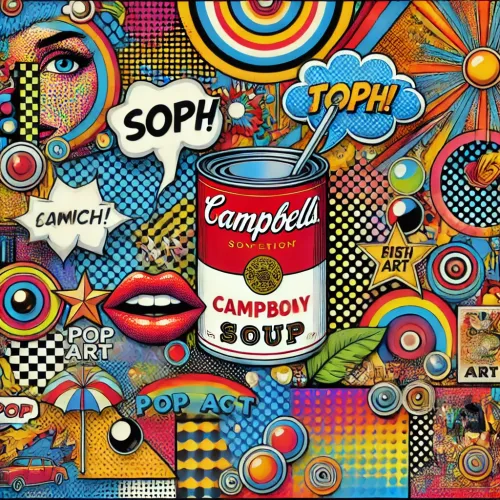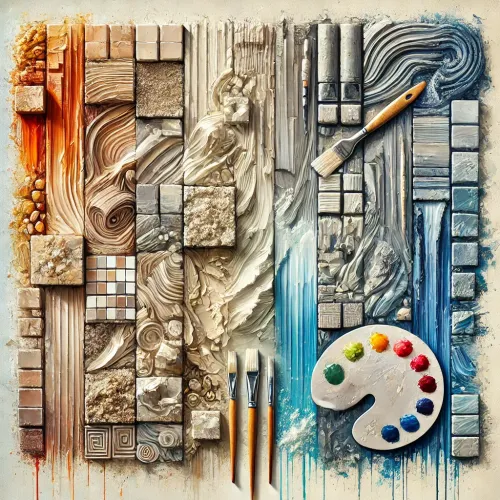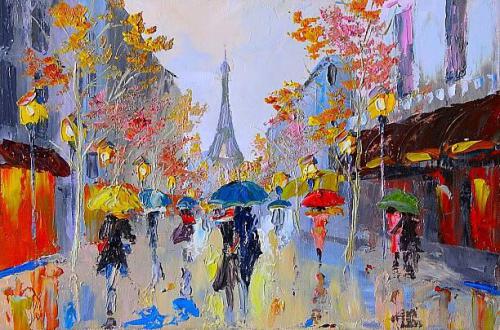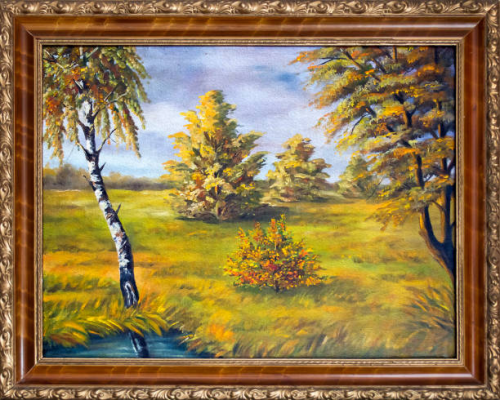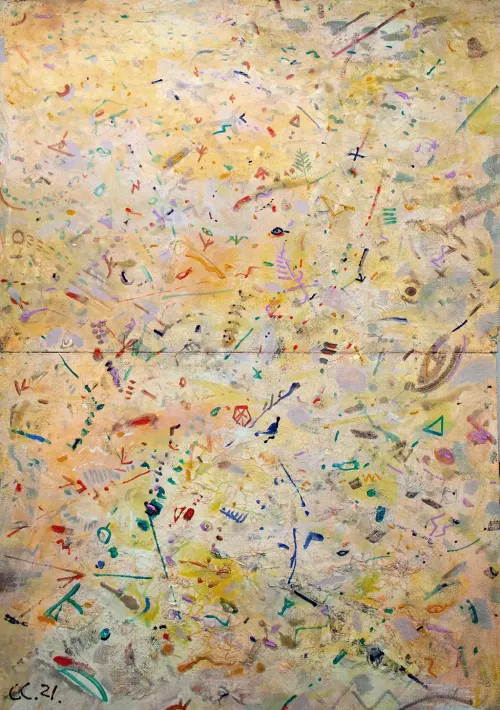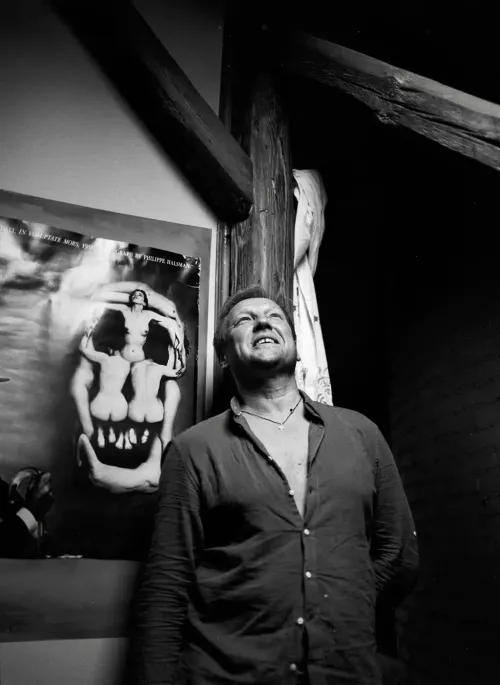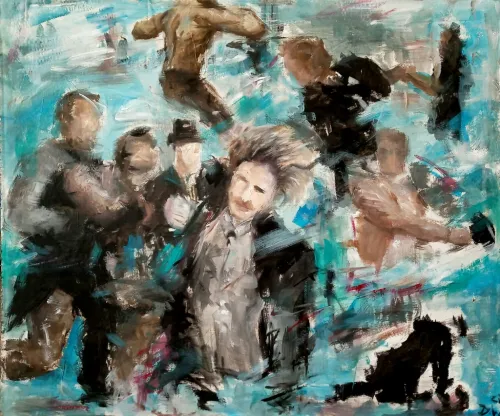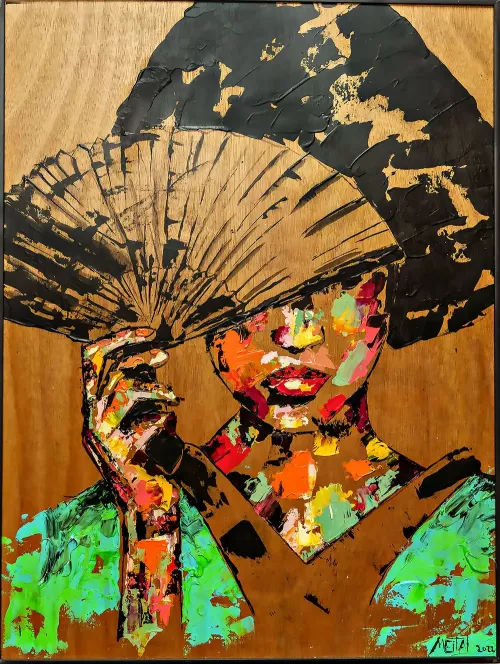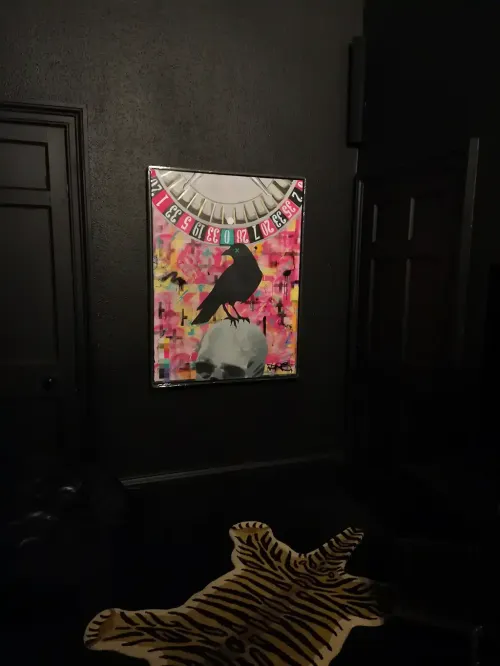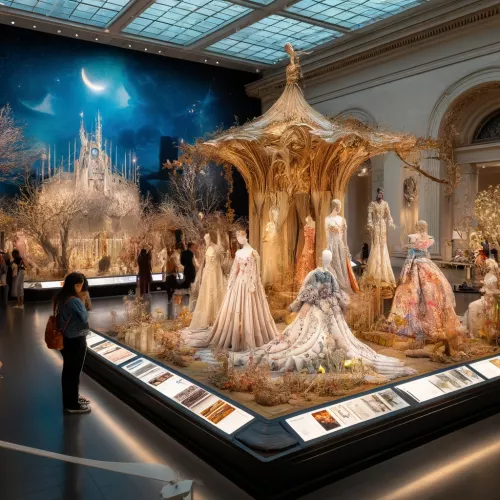Tips for Finding Genuine Art for Sale Online
Mastering the Online Art Market: A Guide to Smart Collecting
Mastering the Online Art Market: A Guide to Smart Collecting
Navigating the Online Art Market
The internet expanded access to art exponentially, letting creators share globally and collectors easily discover fresh talents. But amid the endless selection, determining what constitutes genuine investment-worthy art vs decorative prints or inauthentic works proves challenging without viewing physically first. Forgeries abound looking to dupe unwitting buyers into overpayment. It is good that several trust signals help identify legitimate pieces worth precious wall space or collection expansion.
Trusted Platforms and Their Role
Renowned and trustworthy art e-commerce platforms play a pivotal role in the art market by implementing stringent vetting procedures to ensure the quality and authenticity of the artworks they showcase. These platforms undertake rigorous examinations before presenting artists for sales consideration. Their vetting process includes comprehensive research into artists' credentials, verifying that identified styles align with their portfolios, and conducting meticulous inspections of the materials used in creating the artworks. Moreover, these platforms often conduct in-person studio visits to document the progression of an artist's work, providing a deeper understanding of their creative process.
The role of curators within these platforms is crucial; they meticulously evaluate the overall skill levels of artists to ensure alignment with the asking prices set for their artworks. Additionally, conservators are involved in assessing the longevity and quality of materials utilized in the creation of these artworks, ensuring their durability and preservation over time.
The Importance of Artist Verification
Artist verification stands as a crucial step before making any online art purchase. Independently confirming creators' profiles through multiple sources, such as publications, exhibitions, and press archives, ensures the authenticity and credibility of their careers. It's essential to cross-reference information from various sources, including awards boards and panel juries the artists participated in, validating their standing in the artistic community.
Exploring artist websites is equally important; they should offer a comprehensive display of additional works that maintain consistency with the artist's signature style and artistic statement. Catalog essays from previous exhibitions serve as valuable third-party authentication, providing insights and validating the artist's body of work.
Thorough research and cross-referencing various reputable sources are key to confirming an artist's legitimacy and the authenticity of their works. By delving into different facets of an artist's career, potential buyers can ensure they are making informed and reliable decisions when purchasing art online. This verification process not only validates the artist's credentials but also assures buyers of the authenticity and value of the artworks they intend to acquire.
Deciphering Art Descriptions
Assess materials utilized and sizes against pricing benchmarks of comparative pieces to detect irregularities. Paintings should note media types, canvas quality, unique edition numbers and reproduction rights ownership if applicable. Dimensions ought to calculate expected standard proportions accurately. Condition assessments by noted appraisers add credibility. Provenance listings build value-tracing ownership histories.
Requesting Photos and Provenance – Why it Matters
Insufficiently detailed photographs raise suspicion. Compositions cropped overly tight look to hide flaws or signatures. Images not sharp enough to showcase brushwork style indicate deception. Always request high-resolution close-ups of labels, front and back, plus shots capturing actual scale or framing. Request past appraisals and provenance papers confirming identities and physical holdings. The more evidence, the better price authenticity can command.
Price Points and What They Signal
Market rate standardization lets buyers recognize suspicious bargains as too good to be true. Check fair gallery pricing elsewhere for comparative artist styles and media. Dramatic bulk discounts on multiples may indicate desperation to offload forgeries. Clear pricing builds trust against opaque games during negotiations. Fair deals benefit both collectors and creatives mutually when pricing the actual market sustains.
Securing Your Purchase – Payment and Delivery Tips
Request a certificate of authenticity from a known expert or appraiser
Verify artist website and domain registration longevity
Check third-party review sites regarding seller reputability
Ensure the seller guarantees refunds for misrepresented pieces
Explore customized shipping insurance and crate options
Contact references of past clients willing to post feedback
Ensure pricing aligns proportionally with the rest of the artist catalog





























































































































































































































































